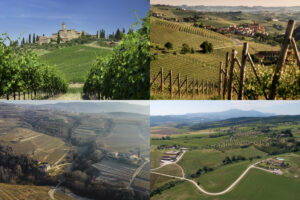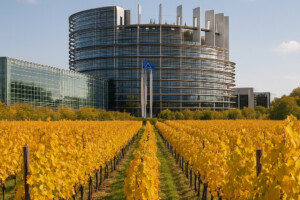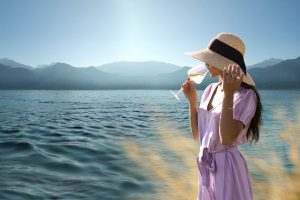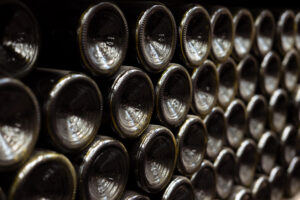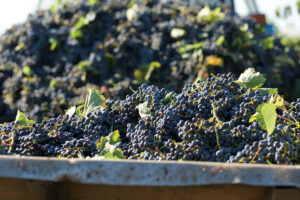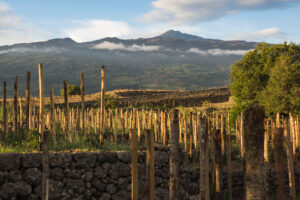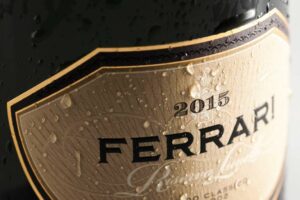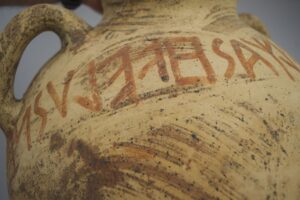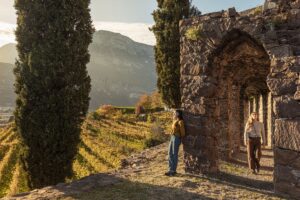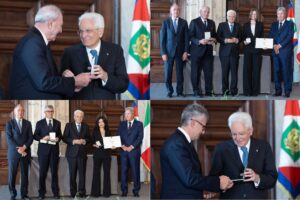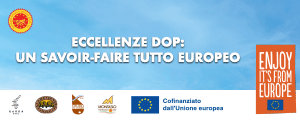There has been a boom this autumn of fairs and festivals dedicated to the truffle, multiplying in every corner of Italy and with an estimated return of 400 million euros. The specialty, sold fresh, preserved, or transformed involves tens of thousands of professionals who, together with man’s best friend, work hard to resupply restaurants and shops.
This is the data recently confirmed by Coldiretti, which also emphasized that hunting truffles is an important economic function for the local communities of woodland areas, with positive effects on tourism, demonstrated by the numerous festivals that are now organized to celebrate the truffle. From the Piedmont region to the Marche, Tuscany, and Umbria, from Abruzzo, to Molise, and even Lazio and Calabria, the last weekend of October and all of the weekends in November are dedicated to events that boast the best “tubers” to be found, and which can be tasted and acquired at “convenient” prices.
Up until this point (and according to the limited information available from a sector that is know for its secrecy), the largest white truffle exemplar to be found has weighed in at 1 Kg 200 grams. It was found in the woods at Sant’Agata Feltria (Pesaro) where, notes Coldiretti, the national white truffle fair is currently underway. The name of the lucky hunter who found the tuber is top secret, but it is a known fact that the person who buys it will have to pay a hefty sum. Prices have now, in fact, reached a head spinning 250 euros per one hundred grams. As well, hunters in many regions like Piedmont will soon be returning with their finds, any of which could break the prestigious record.
The truffle, explained Coldiretti, is a fungus that lives underground and is made up of a high percentage of water and minerals absorbed from the earth through the roots of trees with which it lives in symbiosis.
Growing and developing close to the roots of trees like the pine, holm-oak, cork, and other oaks, the truffle’s characteristics (color, flavor, and odor) are a direct result of the type of tree they live with. The shape, however, depends on the type of terrain. If the land is soft then the truffle is smooth, if it is compact, then it will become knotty and gnarled due to the difficulty of finding space to grow in. Truffles are noted for their strong aphrodisiacal powers, concluded Coldiretti, and they are usually used both cooked, as in a stuffing, or raw, cut thinly over fresh pasta, for example. The white truffle, instead, must strictly be eaten raw over foods like fondue, tajarin al burro, and risotto. As for wine, the best accompaniment with white truffle is a big red, while black truffle will even accept white wine.
Tips for buying, conserving, and tasting truffles
Acquisition:
The organoleptic qualities of the truffle are very intense upon harvesting them and their aroma fades progressively afterwards. It is wise to buy them through reliable retailers or in markets in harvest areas during maturation season.
Conservation:
Keep truffles in the refrigerator or a hermetically sealed container, each wrapped individually with a paper towel or even immersed in rice, which absorbs the aroma and can later be used for cooking.
Use:
It is best to clean truffles only at the time of use by brushing them and, if absolutely necessary, rinsing them quickly under cold water.
Copyright © 2000/2025
Contatti: info@winenews.it
Seguici anche su Twitter: @WineNewsIt
Seguici anche su Facebook: @winenewsit
Questo articolo è tratto dall'archivio di WineNews - Tutti i diritti riservati - Copyright © 2000/2025










